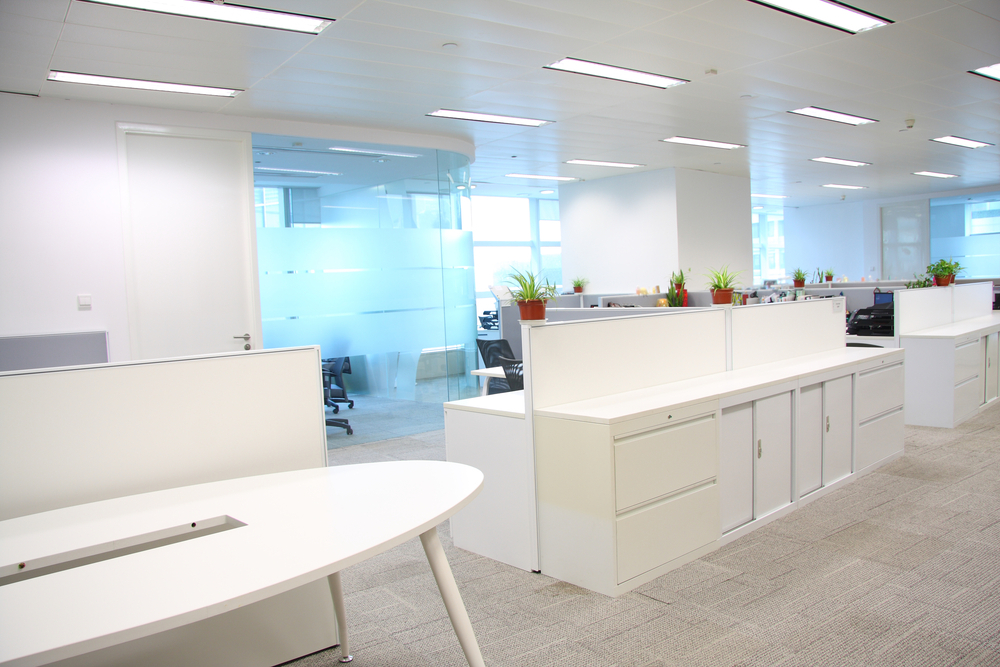Buildings account for up to 50 per cent of damaging carbon emissions in the UK each year. This is caused by the energy buildings consume and lose, the majority of which is due to structural features including energy-inefficient lighting and poor insulation.
As a result, refurbishing or retrofitting a building is one of the best ways to cut carbon emissions and reduce energy costs. These days it is essential that we approach designing buildings, and retrofitting those that already exist, differently than we use to. It is no longer only about how best to use spaces but also how to incorporate energy saving technologies.
Regardless of whether you work at a company that is aiming to reach carbon reduction goals or you are a small business owner trying to reduce your energy bill, a familiarity with the latest engineering innovations and how to go about implementing them is essential. The following is a guide to how to acquaint yourself with these energy saving technologies and implement them for the benefit of your business.
Timing your building upgrades
The best time to make technology upgrades, improvements in building insulation or changes to the lighting fixtures is when work on your building is already scheduled. When work is already being done, the cost of labour involved with the technology improvements and the impact of potential business downtime will be less.
Testing new technology
If you are uncertain of the impact a new technology will have on your energy bill or how it will impact your working environment, it is always a good idea to trial it first. For example, you can test low-energy lighting in one room before making the decision to retrofit the entire building.
Reducing energy use one step at a time
Retrofits or refurbishments are best done in a series of stages that gradually reduce the amount of energy a building uses and the amount of carbon it emits. The first step is to investigate where you can reduce your need for energy by making changes that do not require expensive solutions or new technology. These changes can include, for example, altering the behaviour of the people that use the building, such as getting them in the habit of turning off lights and coffee makers when they are not in use.
Changes can next be made to reduce heat loss, including better building insulation and new heat-trapping windows. Finally, less fossil-fuel dependent and more tech-heavy energy producing solutions can be installed, such as roof solar panels.
More on energy saving in the workplace:
Getting advice
Before carrying out a full refurbishment or retrofit of your building, it is always a good idea to seek out the advice of a competent engineer who understands what you want to do and is familiar with the latest technology available on the market. As a client, you will also need to be prepared to get involved in the process and seek to understand the technology you will use and the impact you can expect it to have.
In the next five to ten years many of the new technologies that help to reduce energy usage and carbon emissions, driven by legislation and rising energy costs, will have to be installed in older buildings and will be standard in new builds. The businesses that will realise the most long-term energy savings are those that take a look at retrofitting or refurbishing their buildings now to make sure they are prepared for what will soon become the standard.






